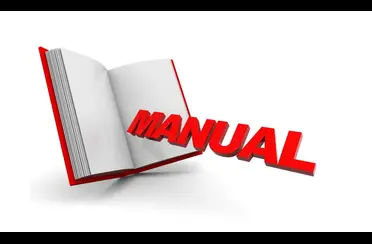A franchise manual is the backbone of any successful franchise operation. In the UK, where franchising is a well-established route to business growth, the manual serves as both a training tool and a reference guide for franchisees. It ensures that each outlet operates to the same standard, maintains brand consistency, and complies with legal and operational requirements. Without a comprehensive manual, even the most promising franchise concept can quickly lose its identity and quality. Creating a franchise manual is not simply a matter of writing down instructions — it is about building a blueprint for replication and success.
Understanding The Purpose of a Franchise Manual
The franchise manual is more than just an operations guide. It is the central document that outlines every aspect of running the franchise, from the brand’s mission and values to the daily procedures that keep each outlet running smoothly. For UK franchises, it also helps ensure compliance with relevant regulations, industry standards, and the British Franchise Association’s code of ethics. The manual acts as a safeguard, providing clear expectations and processes so that franchisees can operate with confidence while protecting the franchisor’s reputation.
Planning The Structure and Content
The creation of a franchise manual begins with planning its structure. It should be organised in a logical way, allowing franchisees to easily find the information they need. Typically, it will cover areas such as brand history, corporate culture, operational procedures, marketing guidelines, customer service standards, staff training requirements, and health and safety policies. In the UK context, it may also need to include guidance on data protection, employment law compliance, and industry-specific licensing. The key is to ensure the manual is both comprehensive and user-friendly, avoiding unnecessary jargon while providing enough detail for consistent implementation.
Capturing The Brand Identity
A franchise is not just a business model — it is a brand. The manual should clearly communicate the brand’s personality, tone, and visual identity. This includes instructions for using logos, colour schemes, uniforms, signage, and even the style of communication with customers. Inconsistent branding across outlets can confuse customers and weaken the franchise’s market position. By embedding the brand identity into the manual, franchisors help ensure that every franchisee understands the importance of consistency and the value of maintaining the same look, feel, and customer experience across all locations.
Ensuring Operational Consistency
One of the primary goals of a franchise manual is to ensure that each franchise operates in exactly the same way. This consistency is what allows customers to expect the same experience regardless of which branch they visit. Detailed step-by-step processes for everything from opening and closing procedures to product preparation and service delivery are essential. In the UK, franchisors should also integrate compliance with health and safety standards, food hygiene regulations if applicable, and customer protection laws. This not only protects the brand but also helps franchisees avoid legal pitfalls.
Keeping The Manual Relevant and Up to Date
A franchise manual is not a static document. As markets evolve, technologies change, and regulations shift, the manual must be updated to reflect new realities. Franchisors should treat it as a living document, reviewing it regularly and making revisions where necessary. Updates should be communicated clearly to all franchisees, ensuring that changes are implemented consistently across the network. In many cases, franchisors provide both printed and digital versions of the manual, making it easier to update and distribute.
Conclusion
Creating a franchise manual in the UK is a detailed process that requires a balance of brand vision, operational precision, and legal awareness. It is the cornerstone of franchise consistency, providing new franchisees with a clear pathway to success while safeguarding the brand’s reputation. A well-structured, regularly updated manual ensures that every outlet delivers the same high-quality experience, no matter where it is located. For franchisors, investing time and effort into this document is not just good practice — it is a vital step in building a strong and sustainable franchise network.

